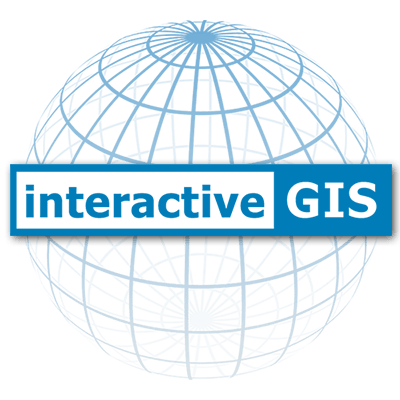Digital twins are no longer just a buzzword—they’re quickly becoming one of the most transformative technologies in the world of mapping software and infrastructure management. At their core, digital twins are dynamic, data-rich replicas of physical assets—buildings, roads, utility networks, or even entire cities. When integrated with GIS platforms, they enable better decisions, smarter designs, and more efficient operations.
Let’s look at how this technology is shaping real-world infrastructure—and why GIS users should care.
What Exactly Is a Digital Twin?
A digital twin is a virtual representation of a physical object or system that updates in real time using data from sensors, drones, satellites, and other inputs. Think of it as your infrastructure’s living, breathing mirror—one that helps you monitor, predict, and plan.
Real-World Applications of Digital Twins in Mapping Technology
1. Urban Planning in Helsinki & Singapore
The city of Helsinki, Finland created Helsinki 3D+—a citywide digital twin that combines CAD modeling, geospatial data, and environmental insights. It helps planners monitor vegetation growth, analyze building performance, and even test flood scenarios before they happen.
Similarly, Virtual Singapore uses real-time data to optimize traffic, simulate climate impacts, and run digital trials of autonomous vehicles—years before they’re on the road.

2. Smarter Maintenance in Transportation & Utilities
Instead of reacting to equipment failures, organizations are using digital twins for predictive maintenance. In Dubai, Siemens Energy partnered with DEWA to develop a gas turbine twin that increased output by 3.5 MW while cutting emissions by 10%.
In the UK, National Grid’s digital twin models help balance supply and demand, simulate energy usage, and reduce stress on infrastructure—all in real time.

3. Crisis-Ready Infrastructure in Large Campuses
At the NASA Langley Research Center, a digital twin of its entire 764-acre campus integrates GIS data, aerial imagery, and sensor feedback. The system tracks utilities, predicts flood risks, and supports facility management with pinpoint accuracy.

The Bigger Picture: Where Digital Twins & GIS Intersect
At InteractiveGIS, we believe custom mapping solutions should be more than static visuals—they should reflect real-time insights and support smarter infrastructure decisions. Digital twins bring this vision to life by:
- Enabling Simulation and Scenario Testing (e.g., rising sea levels, extreme weather events)
- Boosting Sustainability and Carbon Tracking through smarter HVAC, lighting, and water use
- Supporting Collaborative Decision-Making across agencies and departments via cloud-based platforms
- Reducing Design Costs and Approval Times with clear, interactive models for planners & stakeholders
Looking Ahead
A recent report from ABI Research estimates that over 500 cities worldwide will implement digital twins by 2025. Whether you’re managing a local government GIS, managing school safety, or overseeing energy infrastructure, now’s the time to explore how digital twins can level up your spatial intelligence.
Let InteractiveGIS help you navigate the future of GIS with confidence and ease. Download our guide, 8 Essential Web GIS Features You Didn’t Know Existed. With InteractiveGIS, the possibilities are endless. Embrace the future of geospatial data management and discover how you can streamline your processes, save costs, and deliver unparalleled services with just a few clicks.




